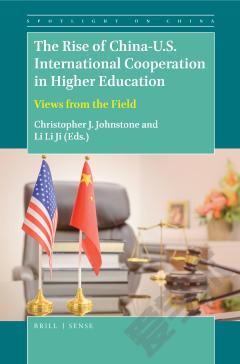East Meets West: Chinese ESL Students in North American Higher Education
The number of English-as-a-second-language (ESL) students has more than doubled since the 1980s and has recently grown significantly at North American universities; Chinese ESL students from the People’s Republic of China represent the single largest group of ESL students. These Chinese ESL students have generally received their K-12 education and many of them have received their undergraduate degrees in China. Research has started to show that they experience considerable challenges in their academic studies at North American universities, e.g., their unfamiliarity with North American culture, their inadequate English proficiency, their social and emotional challenges, their financial difficulties, etc. These challenges may have negative effects on their academic studies. However, given their generally high rate of success in academic studies and contributions to North American society, with the assistance of their North American professors these Chinese ESL students do develop effective coping strategies to meet these challenges. The purpose of this book is three-fold: a) to understand Chinese ESL students’ learning approaches, academic anxiety, confidence levels of English skills, and learning challenges and coping strategies; b) to explore the impact of various factors (e.g., cultural differences) on their academic learning; and c) to examine the effects of North American professors’ teaching and assessment practices as well as their social supports on Chinese ESL students’ academic learning at North American universities.
{{comment.content}}








 京公网安备 11010802027623号
京公网安备 11010802027623号